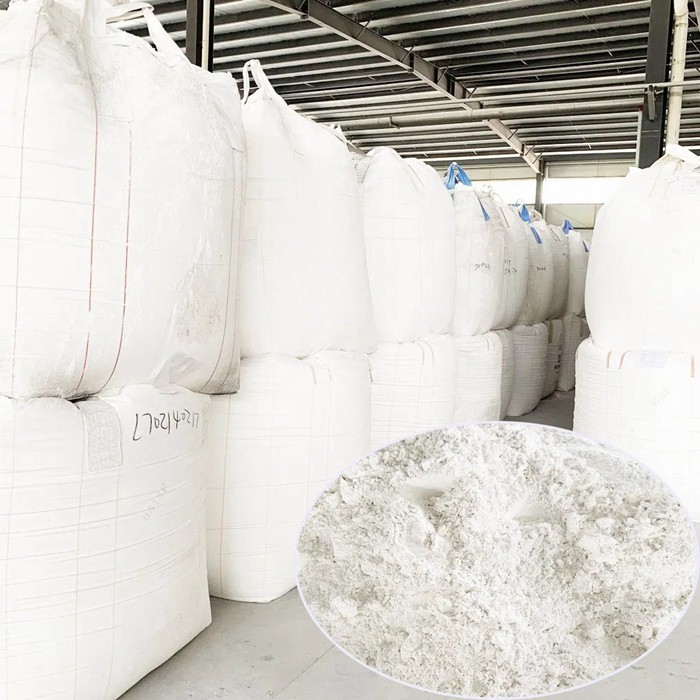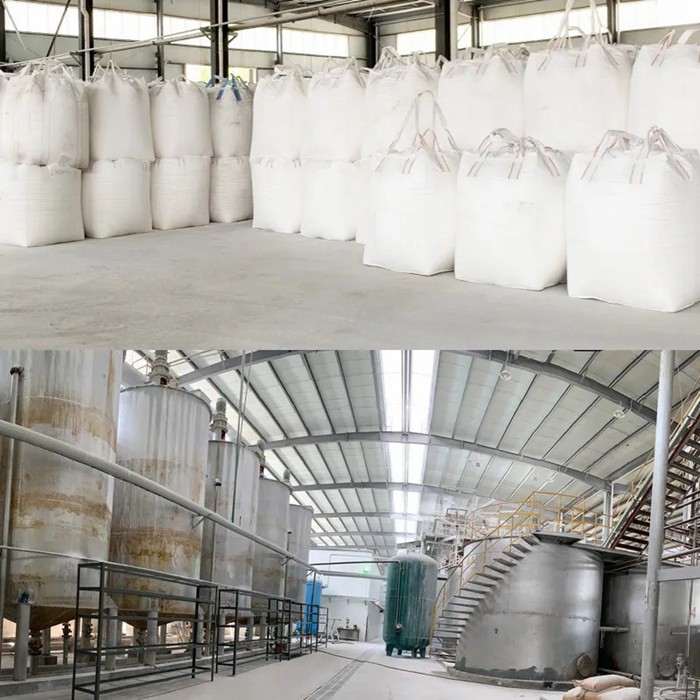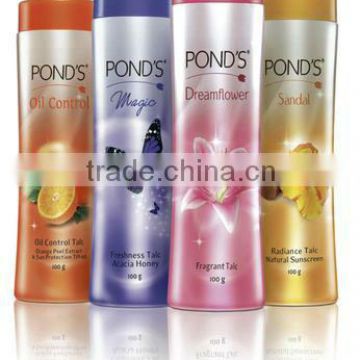Welcome!





Wholesale from food-grade Baby Powder factory
Basic Info
| Appearance | Powder | Color | Snow White | EINECS | 238-877-9 |
|---|---|---|---|---|---|
| Exported Countries | Overworld | HS Code | 2526202090 | Origin | China |
| Purity | 50%~80% | Transport Package | 25 Kgs/50 Kgs/500 Kgs/Bag | ||
Product Description
For generations, baby powder has been a nursery staple, trusted by caregivers to absorb moisture, prevent chafing, and keep delicate skin dry. However, evolving safety concerns and scientific insights have transformed this simple product into a topic requiring careful understanding. Modern parents navigating the world of infant skincare need clear information about formulations, risks, and effective alternatives.

Understanding the Traditional Ingredient: Talc and Its Controversies
Historically, most baby powders relied on talcum powder (hydrated magnesium silicate) as their primary ingredient. While effective for moisture control, talc faces significant scrutiny. Major health concerns include:
- Respiratory Dangers: When applied, fine talc particles can become airborne and inhaled. Infant respiratory systems have underdeveloped mucosal clearance mechanisms, making them vulnerable to lung irritation, chronic inflammation, or even conditions like pneumonia .
- Ovarian Cancer Concerns: Numerous lawsuits (over 13,000 pending as of 2024) allege a link between long-term perineal talc use in women and ovarian cancer. While scientific consensus on causation isn't absolute, organizations like the International Agency for Research on Cancer (IARC) classify perineal talc use as "possibly carcinogenic" (Group 2B) .
- Contamination Risks: Crucially, talc deposits can naturally contain asbestos, a known carcinogen. Investigations suggest some talc supplies used historically in products tested positive for asbestos contamination, though manufacturers like Johnson & Johnson vehemently deny current products contain it .


Safer Alternatives: The Rise of Talc-Free Formulas
Driven by safety concerns, the market has shifted dramatically towards talc-free options, primarily using plant-derived or mineral ingredients:
1. Cornstarch: The leading alternative, prized for its high absorbency, gentleness, and low cost. It’s generally considered safe, though cornstarch can potentially foster yeast growth in very damp environments .
2. Arrowroot Powder: A natural, plant-based starch similar to cornstarch, often used in "cleaner" formulations .
3. Oat Flour/Kaolin Clay: These offer moisture absorption plus soothing properties for sensitive skin .
4. Liquid Talc-Alternatives: Gels or lotions providing a moisture barrier without any airborne particles, eliminating inhalation risks .
5. Botanical Blends: Products like *California Baby Calming Powder* and *MADE OF Calming Baby Powder* combine bases like cornstarch or clay with calming ingredients like organic calendula, chamomile, French lavender, aloe vera, or moroccan argan oil for added skin benefits . These often carry certifications like Leaping Bunny (cruelty-free) and NSF Organic.
Critical Safety Guidelines for Any Baby Powder Use
Leading pediatricians and organizations like the American Academy of Pediatrics often advise that powder is unnecessary. If used, strict protocols are essential:
- Avoid Talc Entirely: Opt explicitly for certified talc-free products .
- Minimize Application: Use sparingly and only when clear moisture problems exist (e.g., deep folds prone to redness), not routinely .
- Apply Safely: Never shake powder directly onto the baby. Pour a tiny amount into your hand *away* from the child, then gently pat onto skin. Keep powder far from the face, mouth, and nose .
- Avoid Sensitive Areas: Do not apply to broken skin, the face, or the chest. Crucially, avoid the genital area, especially for girls. Powder particles can migrate into the reproductive tract .
- Prioritize Dryness & Ventilation: Ensure skin is clean and completely dry before application. Use powder in a well-ventilated space.
- Consider Alternatives First: Barrier creams (zinc oxide ointments), frequent diaper changes, air-drying time, and keeping skin clean/dry with water are often safer and equally effective strategies against diaper rash .


Choosing Wisely: Key Product Considerations
When selecting a powder:
- Check Ingredients: Ensure "Talc-Free" and prefer simple, natural ingredient lists (cornstarch, arrowroot, clay, oats). Avoid unnecessary fragrances or dyes .
- Look for Certifications: Organic, Leaping Bunny, NSF/ANSI 305, Dermatologist/Pediatrician Tested offer extra assurance .
- Consider Form: Liquids eliminate inhalation risks. Fine-mist spray powders offer more control than open containers.
- Patch Test: Always test a new product on a small area of skin first to check for reactions.
Conclusion
The landscape of baby powder has evolved significantly. While traditional talc-based powders carry documented risks, safer talc-free alternatives exist and can be used cautiously for specific moisture management. However, the foundation of infant skincare remains gentle cleansing, thorough drying, breathable clothing, and targeted barrier creams when needed. By prioritizing safety-first ingredients and application methods, caregivers can make informed choices for their baby's comfort and well-being.
QA:
1. Q: Is talcum powder safe for my baby?
A: No, talcum powder is not recommended for babies due to significant inhalation risks and unresolved health concerns, including potential links to respiratory issues and ovarian cancer (with perineal use). Always choose talc-free powders made with cornstarch, arrowroot, or clay .
2. Q: How often should I apply baby powder?
A: Apply only as needed, not at every diaper change or bath. Use it sparingly when you see moisture buildup in deep skin folds (neck, armpits, thigh creases) causing redness or chafing. Overuse can cause caking and increase irritation .
3. Q: Can I use baby powder along with diaper rash cream?
A: It's generally not recommended to layer them directly. Powder applied *over* cream can clump and reduce the cream's barrier effectiveness. If using both, apply a very thin layer of powder to dry skin first (for absorption), then apply a thin layer of cream *afterward* if needed for protection. Many pediatricians find creams/ointments alone are sufficient for treating diaper rash .
4. Q: Are fragrances in baby powder safe?
A: Fragrances are common irritants and allergens for sensitive baby skin. Fragrance-free powders are strongly recommended, especially for newborns or babies with eczema or known sensitivities. If choosing a scented powder, opt for products with very mild, naturally derived scents (like pure lavender or chamomile) and monitor closely for any reaction .
5. Q: Are there special precautions for using powder on baby girls?
A: Yes, extra caution is crucial. Avoid applying powder to the genital area (vulva, between the labia) entirely. Talc or even talc-free powder particles can potentially migrate into the vagina and reproductive tract, posing long-term health concerns. Focus application only on outer creases like the tops of the thighs or buttocks if absolutely necessary, and keep it well away from the genitals .
Recommended Products
Recently Viewed
Contact Us
Topseller Chemicals Company Limited



